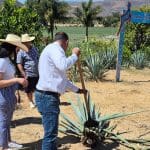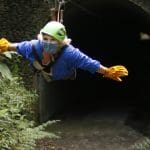The Indigenous Tourism Association of Canada is calling for added assistance from both governments and the private sector, stating that Indigenous tourism’s post-pandemic recovery is lagging, a development it says is depriving this country of greater prosperity.
ITAC president Keith Henry says greater financial investment in the Indigenous tourism sector – which has seen decreased revenues in the past several years – will benefit all of us.
“Indigenous tourism in Canada is facing critical challenges that threaten its full recovery and long-term sustainability,” he says. “While demand for Indigenous travel experiences remains high, the sector continues to recover slower than others. Without the commitment of strategic investments from both government and industry partners, the sector’s significant cultural and economic potential may never be fully realized.

“In 2019, Indigenous tourism contributed $1.8 billion to Canada’s GDP, but by 2023, that number dropped by 24% to $1.6 billion. However, projections show that with the right investments, Indigenous tourism has the potential to contribute up to $6 billion to Canada’s GDP by 2030. This decline in GDP contributions reflects ongoing challenges in the sector, which has not yet achieved full recovery despite the growth in Indigenous-owned tourism businesses. From 1,875 businesses in 2019 to 2,757 in 2023, Indigenous tourism businesses have expanded significantly, but overall revenues are down by 22%. This trend highlights the struggle to generate higher revenue per business on average, underscoring the need for targeted support.”
Employment impacted
Henry adds that employment in Indigenous tourism has also been negatively impacted as of late, with the sector supporting 36,700 jobs in 2019. But by 2023, that number had decreased by 5%, with only 34,711 jobs in the sector.
“The goal is to reach 60,000 jobs by 2030, but this is unlikely to be achieved without further investment and efforts to build a sustainable workforce,” he continues. “Additionally, after adjusting for inflation, 2023’s real GDP contributions were actually lower than in 2014, emphasizing the urgent need for strategic action. Indigenous tourism provides cultural and economic value and generates substantial government revenue. For every dollar of revenue generated by Indigenous tourism businesses, 20¢ is added to government revenues. In 2023, Indigenous tourism generated $730 million in government revenue, proving the sector’s significant impact on the broader economy.”
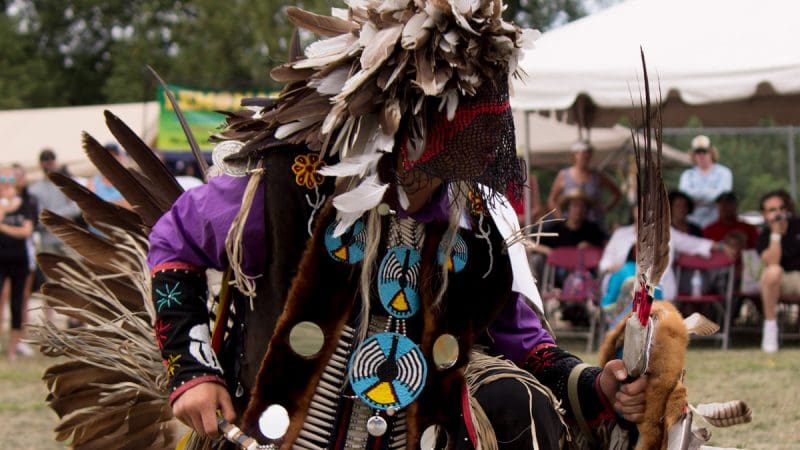
Henry says that in order for Indigenous tourism to reach its full potential, federal, provincial, and municipal governments must commit to direct investments in infrastructure and destination development, building a sustainable tourism workforce, workforce development, and business development and promotion. In 2023, $267 million in federal funding, $445 million in provincial funding, and $18 million in municipal funding were directed to Indigenous tourism, but continued investment is essential to ensure long-term growth and sustainability, he continues.
The ITAC president says falling earnings come at a time when the demand for “authentic, culturally rich, and meaningful travel experiences is stronger than ever. More domestic and international travellers are seeking Indigenous-led tourism experiences that offer a deeper connection to the land, culture, and history. This aligns with a global shift toward sustainable tourism, making Indigenous tourism a key contributor to Canada’s tourism landscape.
Investments crucial
“Strategic investments, including the Indigenous Tourism Destination Fund advanced by the Indigenous Tourism Association of Canada are crucial in supporting business recovery, growth, and innovation. ITAC continues to work with industry partners, governments, and Indigenous communities to strengthen workforce development, increase market awareness, and enhance infrastructure. These efforts are creating the conditions needed for long-term sustainability and success.
“Indigenous tourism is a vital contributor to Canada’s economy. Through an Indigenous-led strategy and strategic approach to investments, ITAC can ensure the industry’s success for generations to come.”
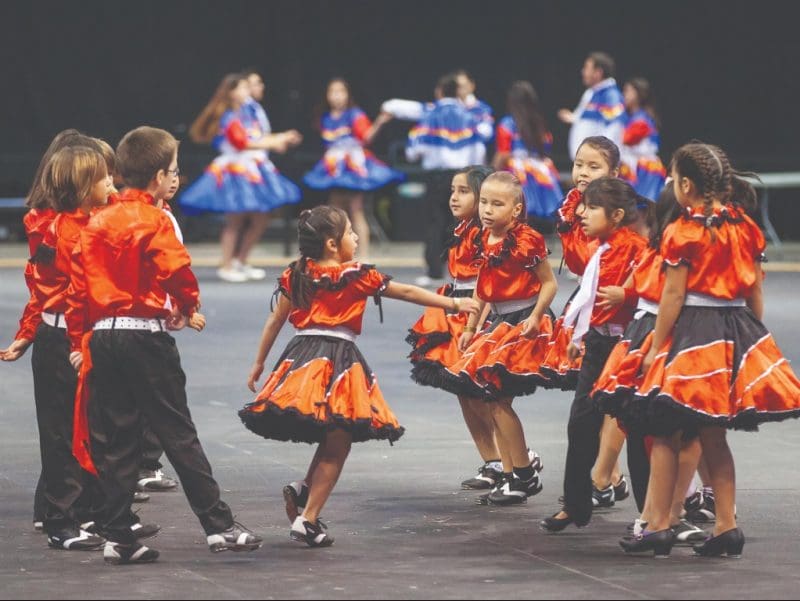
Indigenous tourism experiences are now available in all 13 provinces and territories. However, the level of destination development varies, with some regions having well-established Indigenous tourism sectors while others continue to build capacity and awareness.
Henry says some provinces have emerged as leaders in Indigenous tourism in Canada, citing Alberta, British Columbia, Ontario and Quebec as offering a wide range of Indigenous-led experiences supported by dedicated Indigenous tourism associations. Manitoba also has a growing Indigenous tourism industry, he stated, while adding that Indigenous tourism is expanding in Atlantic Canada, with new experiences in Newfoundland and Labrador, Nova Scotia, and Prince Edward Island.
“Other regions present significant opportunities for Indigenous tourism expansion” Henry continued. “Saskatchewan has a deep Indigenous cultural heritage, yet its tourism offerings are still developing compared to different parts of the country. Increased investment in infrastructure and destination development, business development and promotion and a sustainable workforce will help these areas reach their full potential. In the North, Yukon, Northwest Territories, and Nunavut offer incredible Indigenous-led adventure and cultural and land-based tourism. However, transportation, seasonality, and the high cost of operations continue to be challenges for businesses in these territories.
Breaking down barriers
“Several barriers must be addressed to ensure a thriving Indigenous tourism industry from coast-to-coast-coast. Accessibility remains a challenge, as many Indigenous tourism destinations are located in remote areas that can be difficult for travellers. Awareness also varies by region, highlighting the need for stronger marketing and promotional efforts. Funding and workforce shortages also continue to impact Indigenous tourism businesses, particularly in areas without established provincial Indigenous tourism associations or industry support networks.
“While each region of Canada is at a different stage of Indigenous tourism development, every province and territory has unique and valuable Indigenous experiences to offer.”
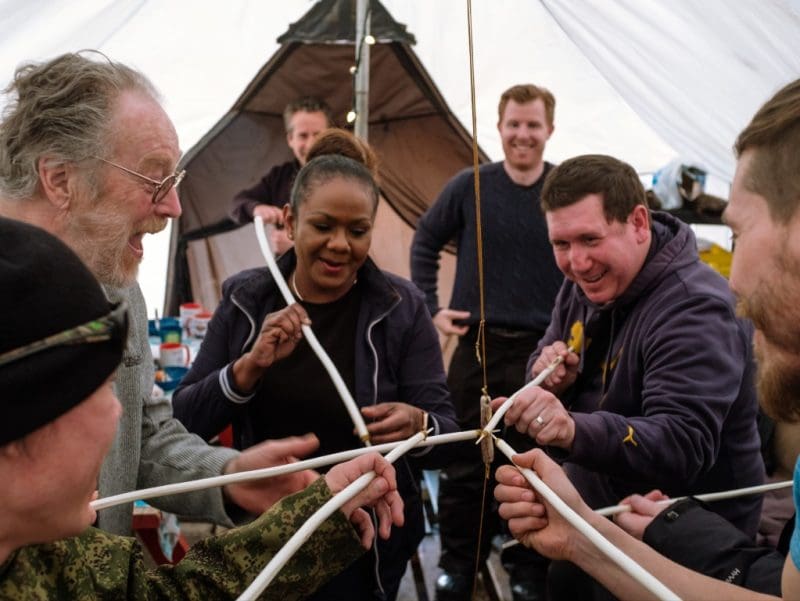
Henry says interest in what his association promotes is on the upswing, with Destination Canada’s latest data, reflecting research conducted in 2023 from its 2023 Global Traveller Research Program, revealing “a strong interest in Indigenous tourism experiences. 67.7% of international travellers are keenly interested in experiencing Indigenous cultural activities in Canada. Additionally, 36.8% of travellers are very interested in Indigenous food and drink, while 35.5% are drawn to Indigenous adventures and excursions in nature. These statistics highlight the growing demand for authentic, Indigenous-led experiences and the significant opportunity for the sector’s growth.
“Moreover, the Indigenous tourism industry in Canada is well-established and supported by strong national organizations such as ITAC and provincial and territorial Indigenous tourism associations. With focused efforts on building partnerships, promoting Indigenous businesses, and supporting sustainable, community-driven tourism, Indigenous communities continue to offer travellers authentic and respectful experiences.
“While other countries such as New Zealand, Australia, and the United States also offer Indigenous tourism, Canada’s combination of cultural diversity, commitment to reconciliation, and active involvement of Indigenous communities in tourism development places it on the worldwide stage.”
ITAC on the global stage
Henry applauded ties his association has built with others, noting that Destination Original Indigenous Tourism formalized its partnership on Oct. 30, 2024, as the American Indian Alaska Native Tourism Association, ITAC and New Zealand Maori Tourism entered a commitment pledge partnership at AIANTA’s 26th Annual American Indigenous Tourism Conference.
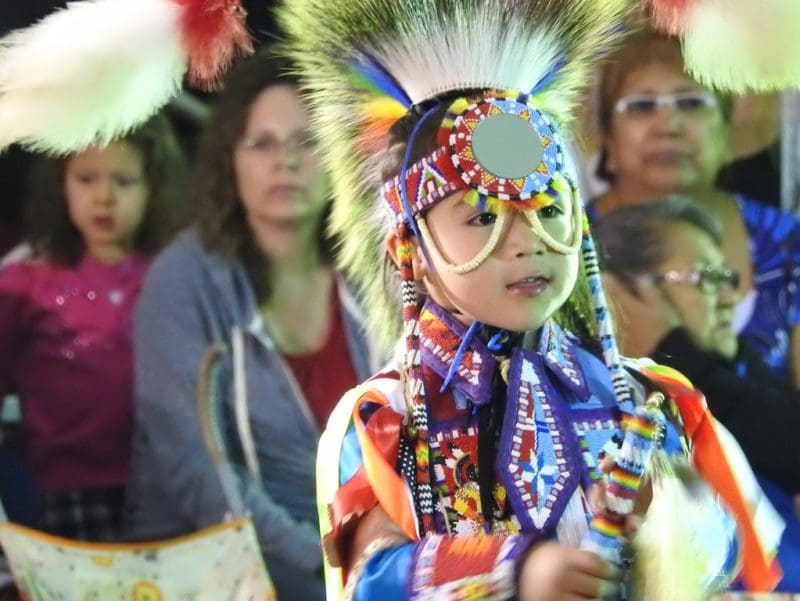
“A partnership one year in the making and the only organization of its kind, DO-IT aims to unify the collective voice for Indigenous tourism worldwide and the Indigenous People it comprises,” he says. “With a mission to provide leadership in the development and marketing of authentic Indigenous tourism destinations through innovative partnerships, DO-IT’s vision is to support the establishment of a sustainable international Indigenous tourism network led by Indigenous destinations and work to support a sustainable, thriving Indigenous tourism economy sharing authentic, memorable, and enriching experiences.”
He says Canada stacks up well against other countries when it comes to attracting tourists wanting Indigenous experiences. 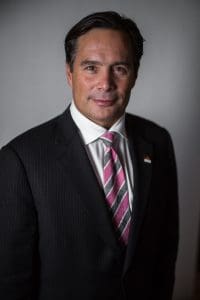
“ITAC’s Vision 2030 is to help make Canada a global leader in Indigenous tourism. Indigenous Peoples in Canada bring diverse cultural knowledge, art, and history to the tourism experience, and each region of the country offers visitors the opportunity to connect with Indigenous communities in meaningful ways,” Henry continues. “From the coastal communities of the West to the expansive prairies and the vast northern territories, Indigenous tourism in Canada reflects the country’s incredible cultural and geographic diversity. This variety makes Canada a premier destination for travellers seeking authentic, immersive experiences that deepen their understanding of Indigenous cultures.
The Original Mark of Excellence
That is why ITAC launched The Original Mark of Excellence. Based on ISO-quality standards set by Indigenous tourism operators for Indigenous tourism operators, The Original Original Accreditation Program recognizes the best Indigenous tourism experiences in Canada. The Original Mark of Excellence gives consumers, industry partners, and the travel trade the confidence that an accredited business is vetted for authenticity and quality.”
Meanwhile, Henry says the benefits linked to Indigenous tourism in this country go well beyond monetary ones alone.
“Indigenous tourism in Canada is about more than just travel – it’s about fostering deeper connections, understanding, and respect for the diverse cultures and traditions of Indigenous Peoples,” Henry says. “It offers travellers the unique opportunity to engage in authentic experiences that provide insight into Canada’s history and contribute to the ongoing journey of reconciliation.
“Tourism is a powerful tool for economic development and cultural revitalization for Indigenous communities. Through Indigenous-led tourism, communities can share their stories and traditions with visitors while creating sustainable, community-driven businesses that benefit future generations. This approach helps ensure that tourism remains a positive force for both the Indigenous communities involved and the broader Canadian tourism landscape.
“By working together, we can ensure that Indigenous tourism thrives, contributing to positive change, cultural understanding, and the preservation of Indigenous ways of life. At the Indigenous Tourism Association of Canada, we are dedicated to supporting the development and success of Indigenous tourism across the country. We invite everyone to experience the richness and diversity of Indigenous tourism firsthand.”





